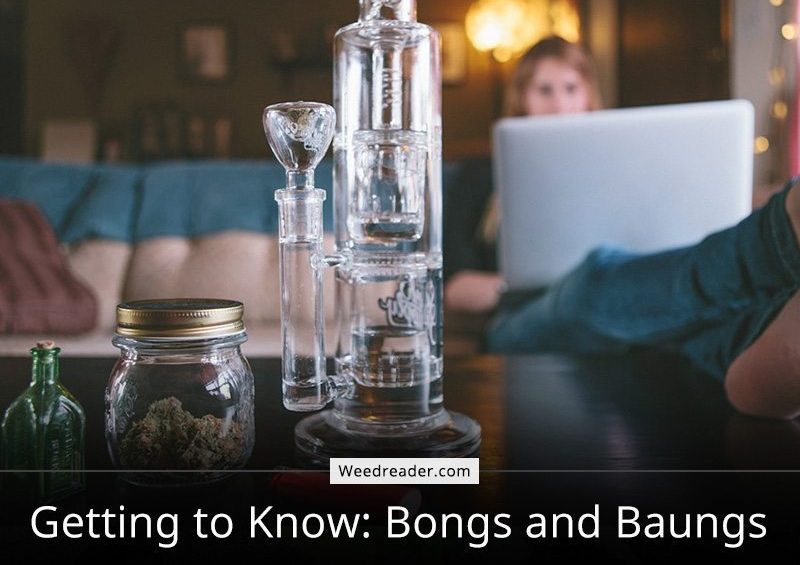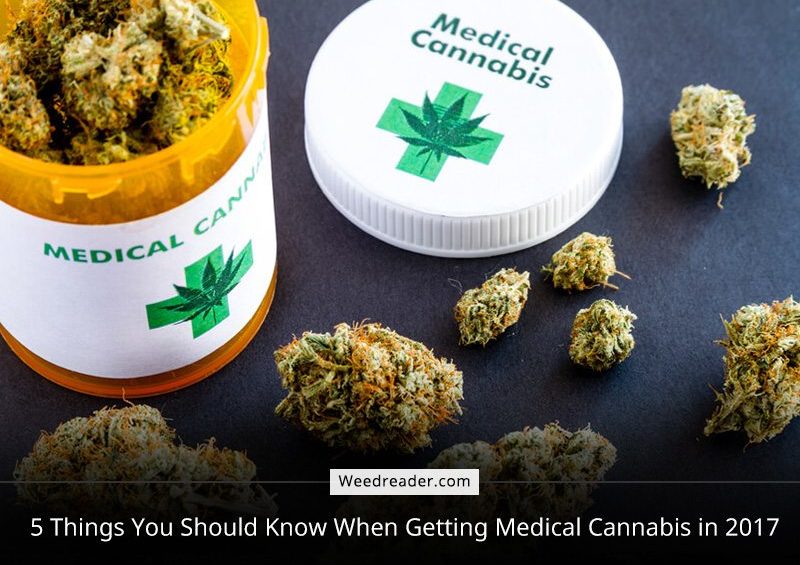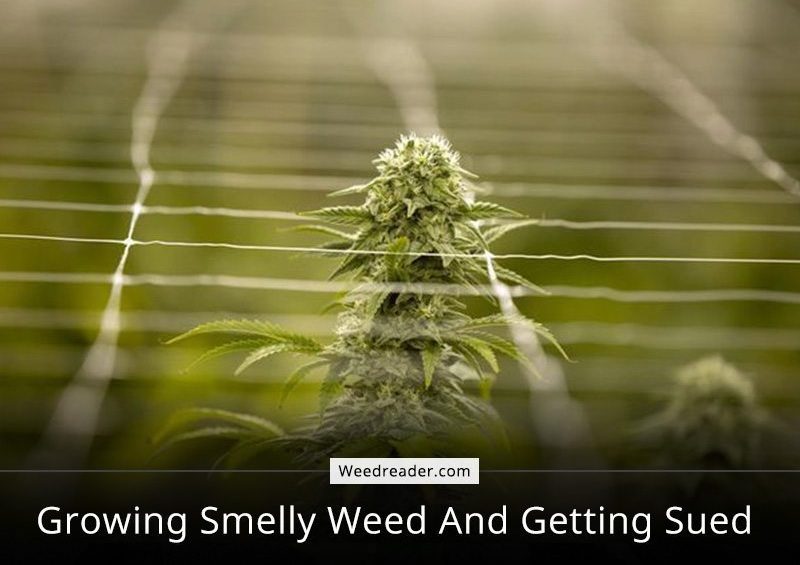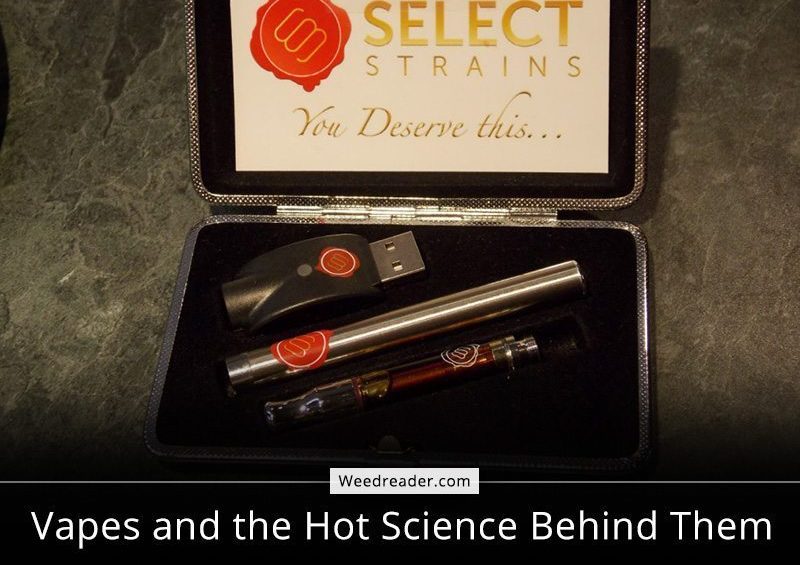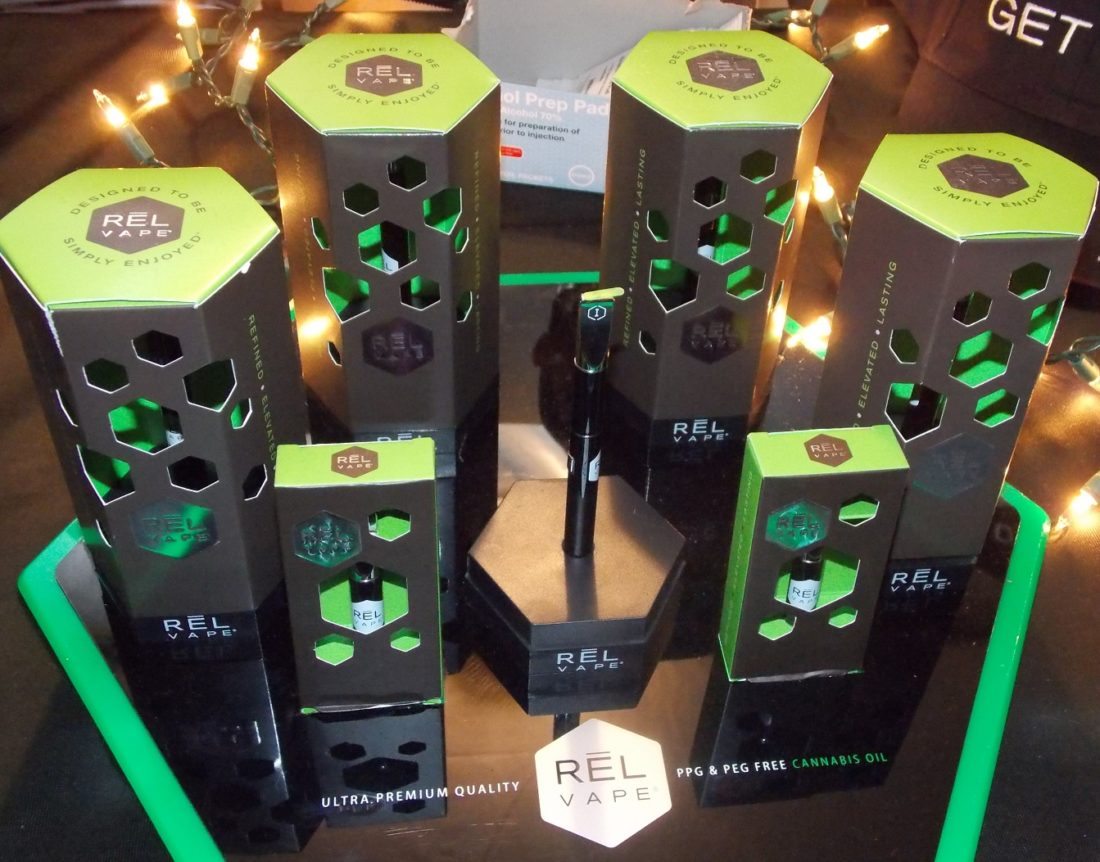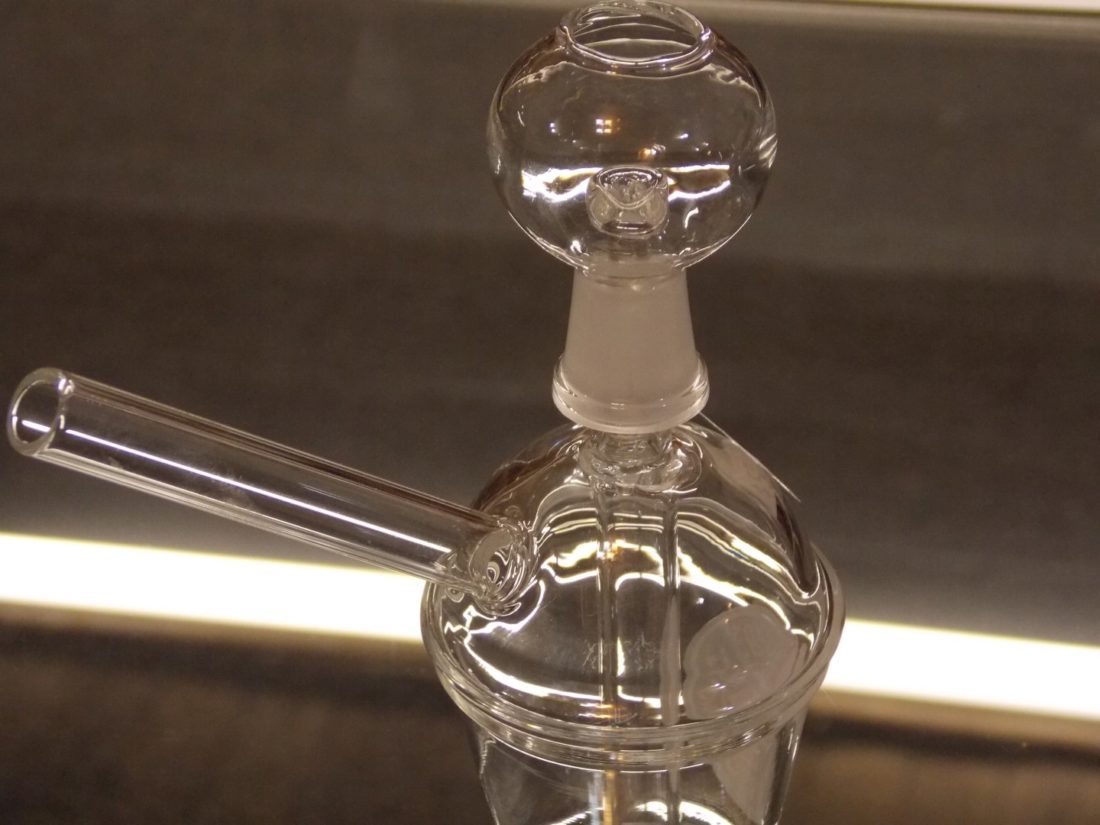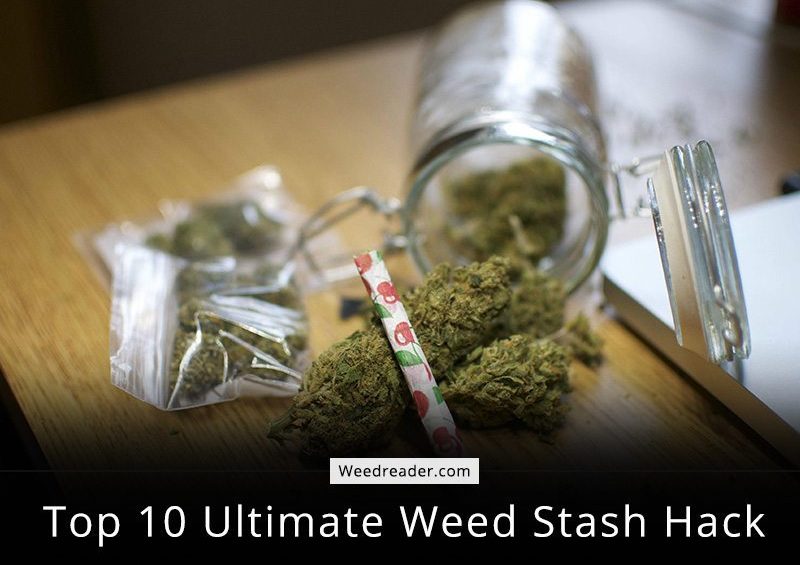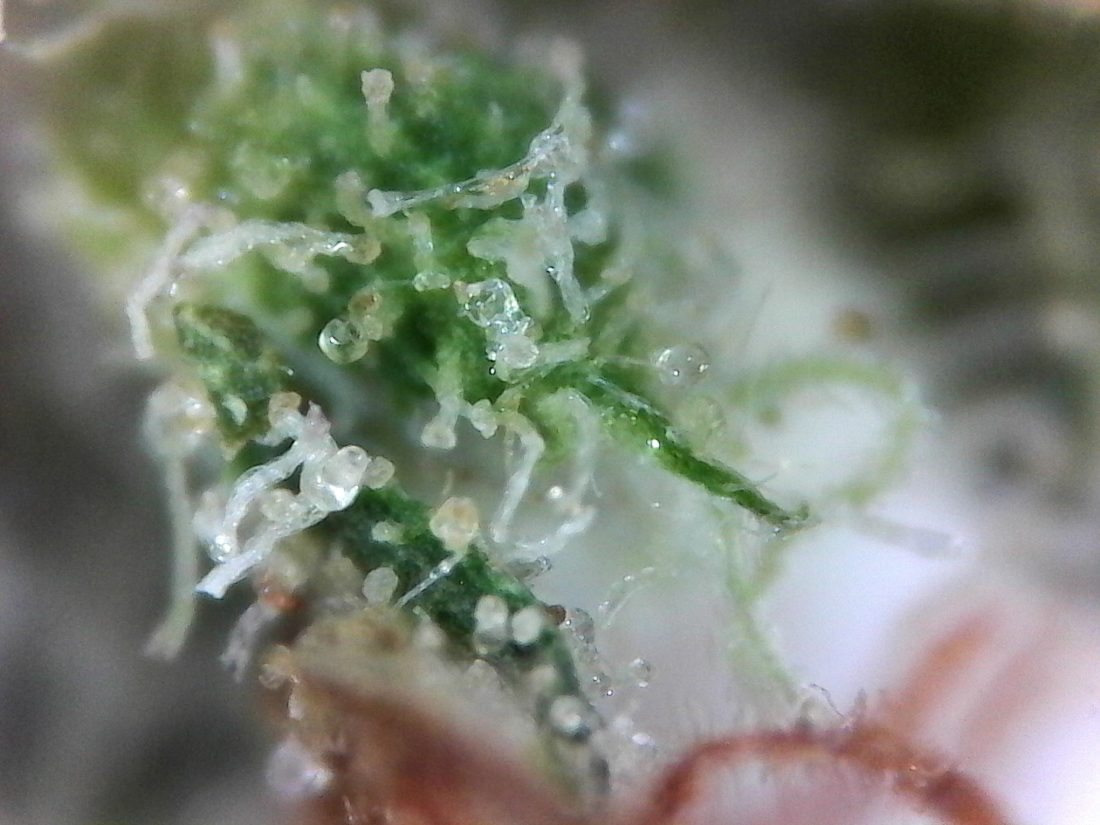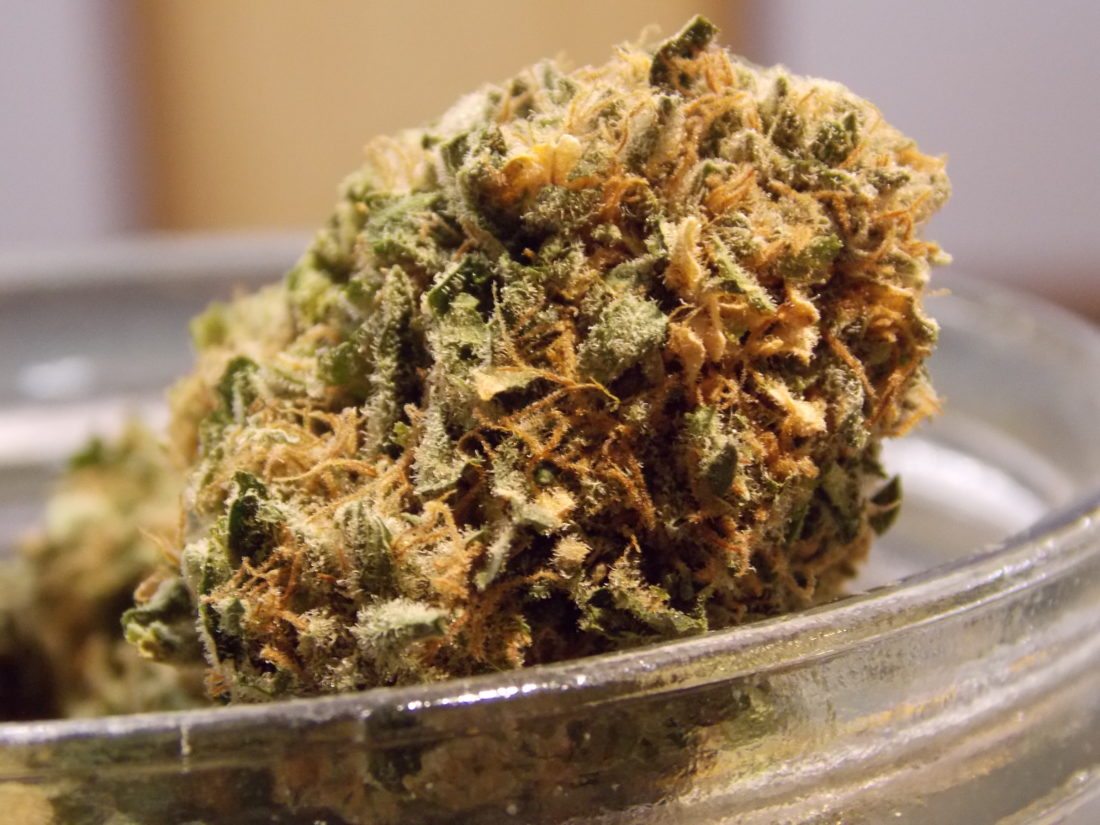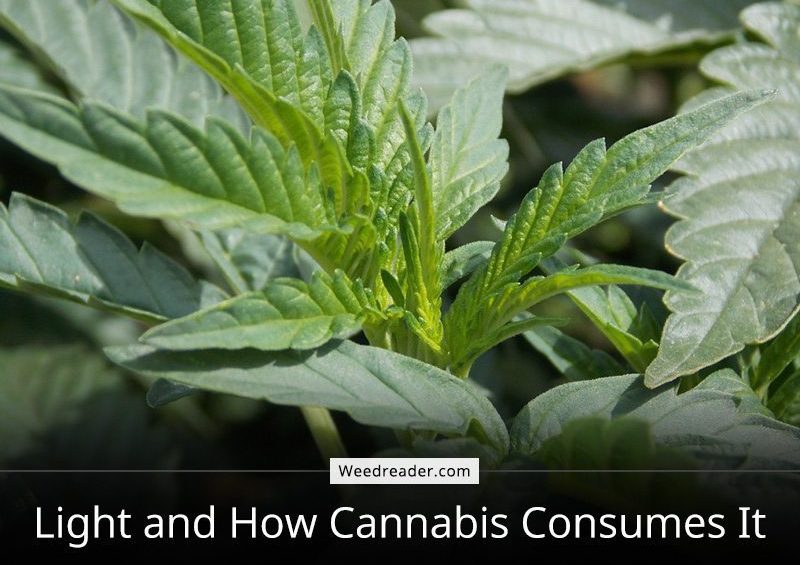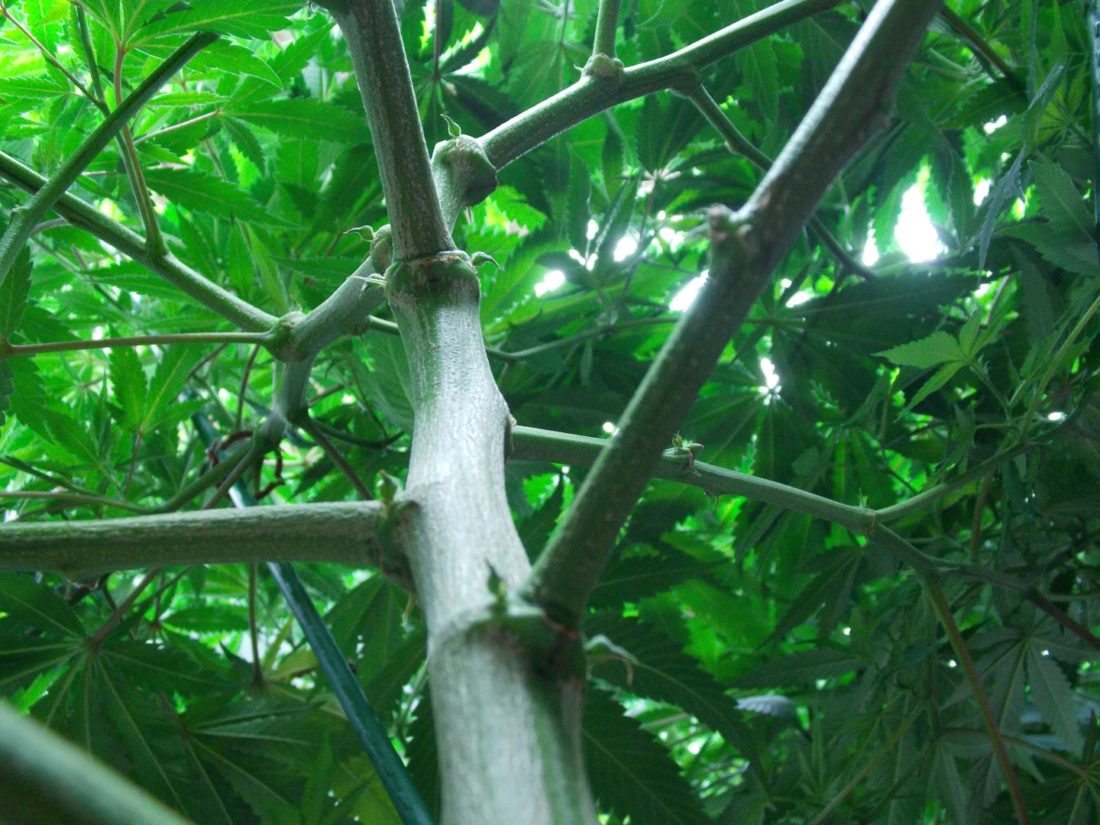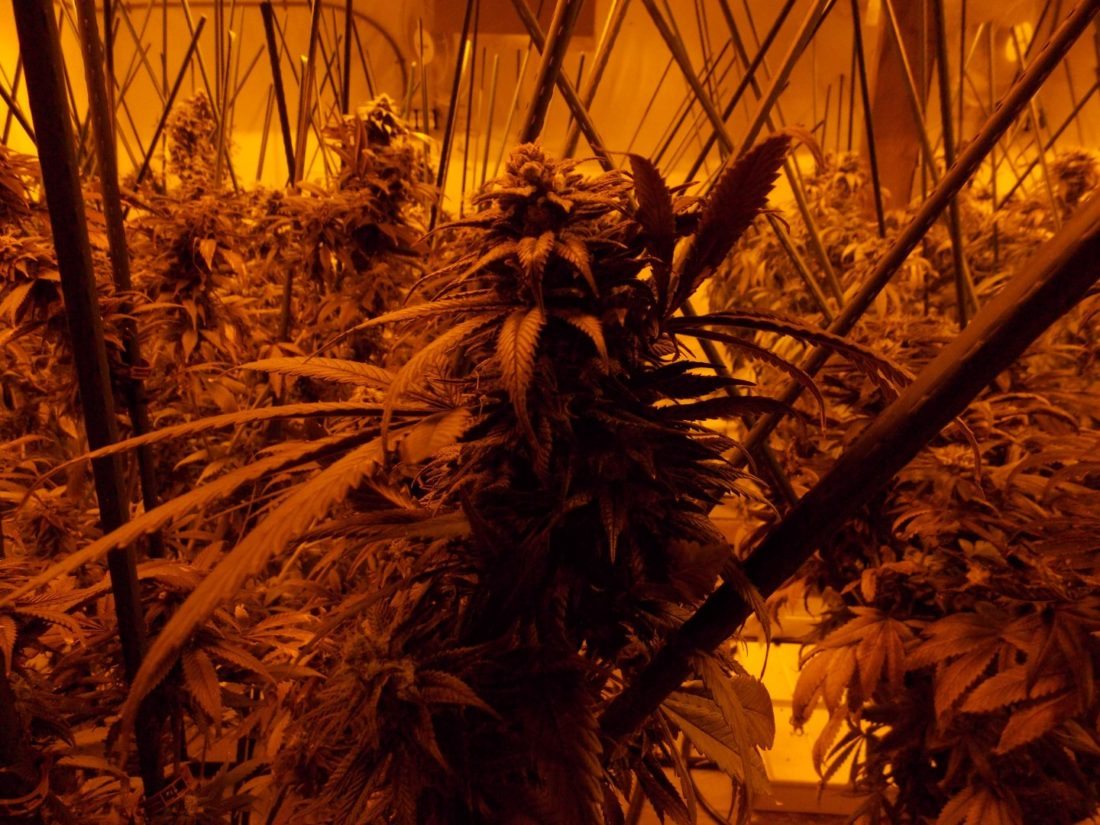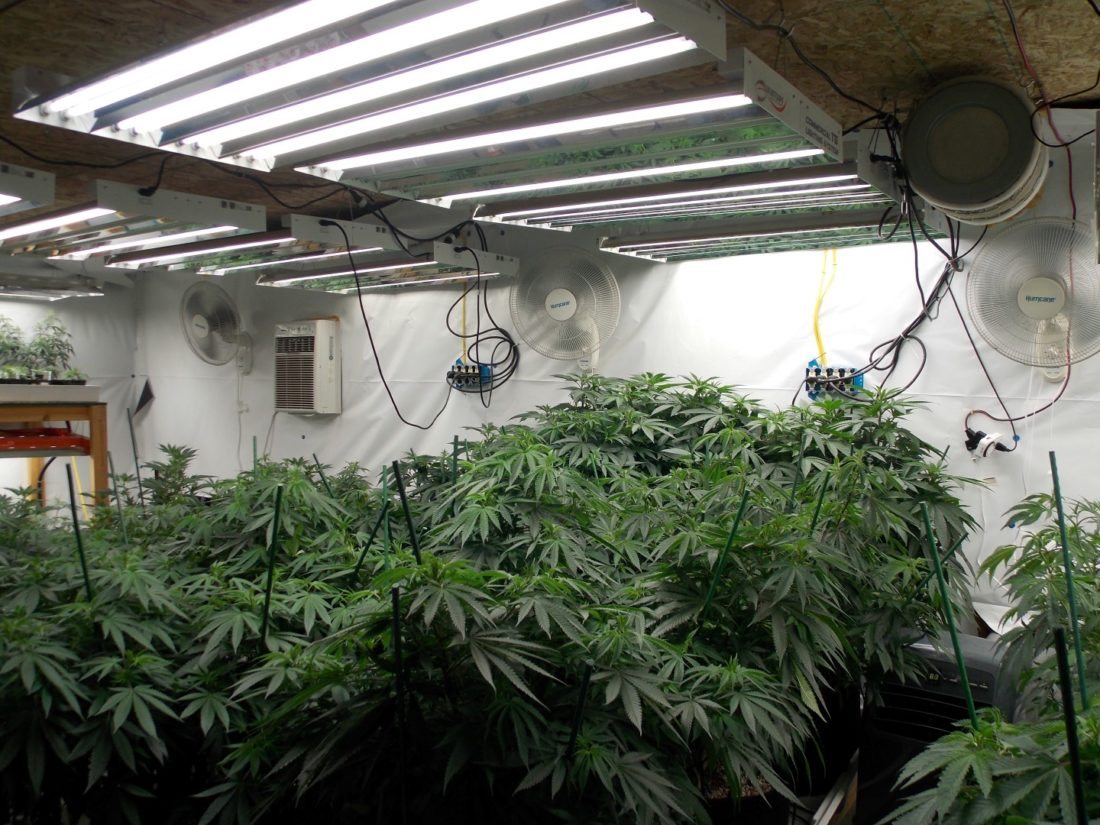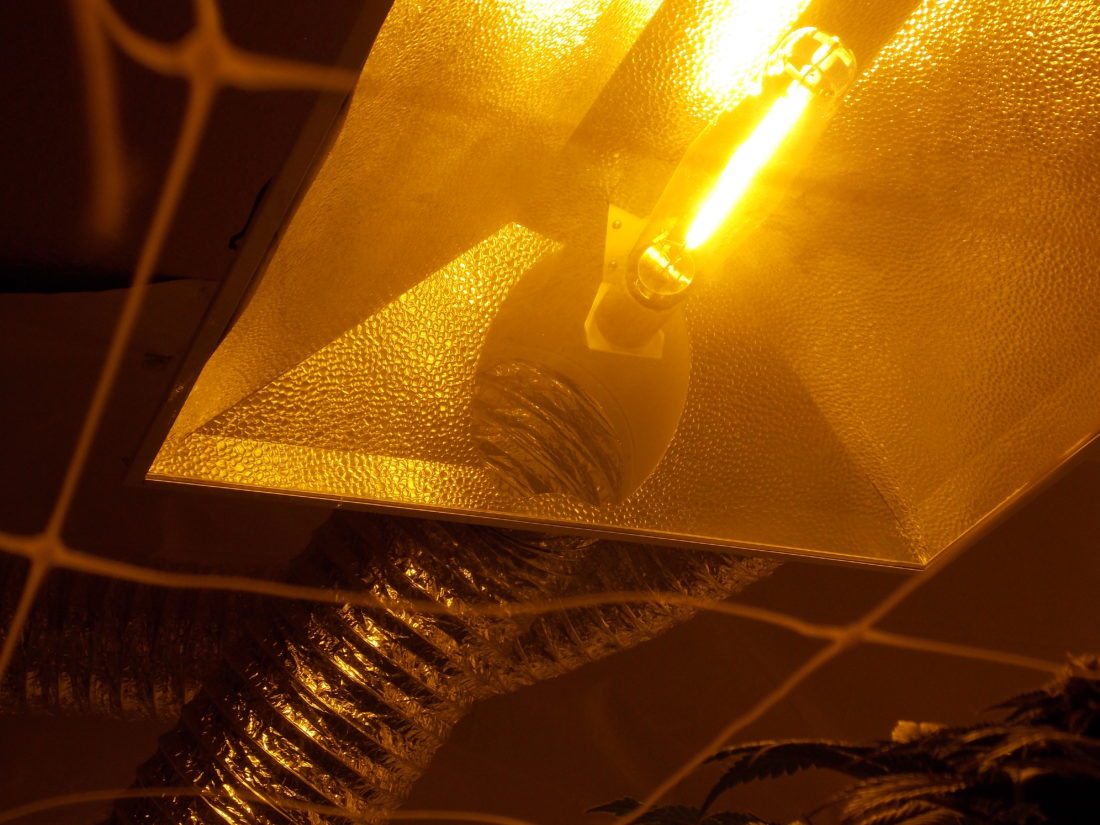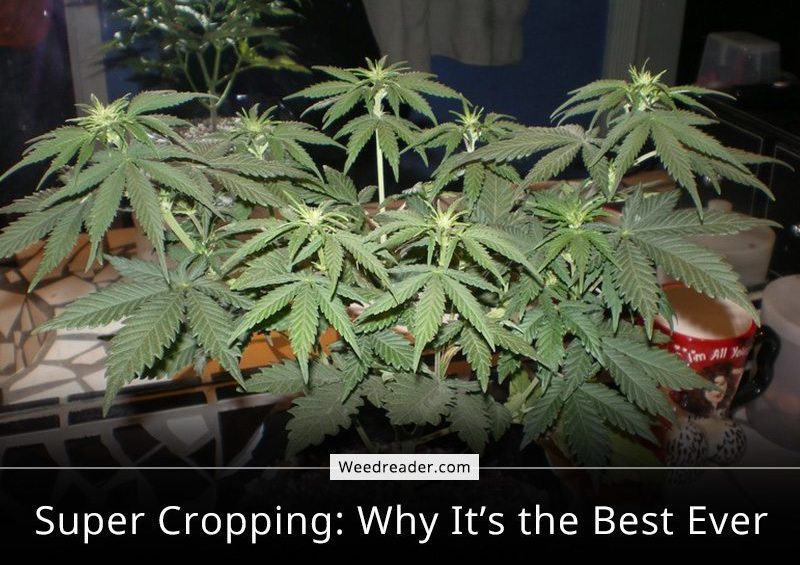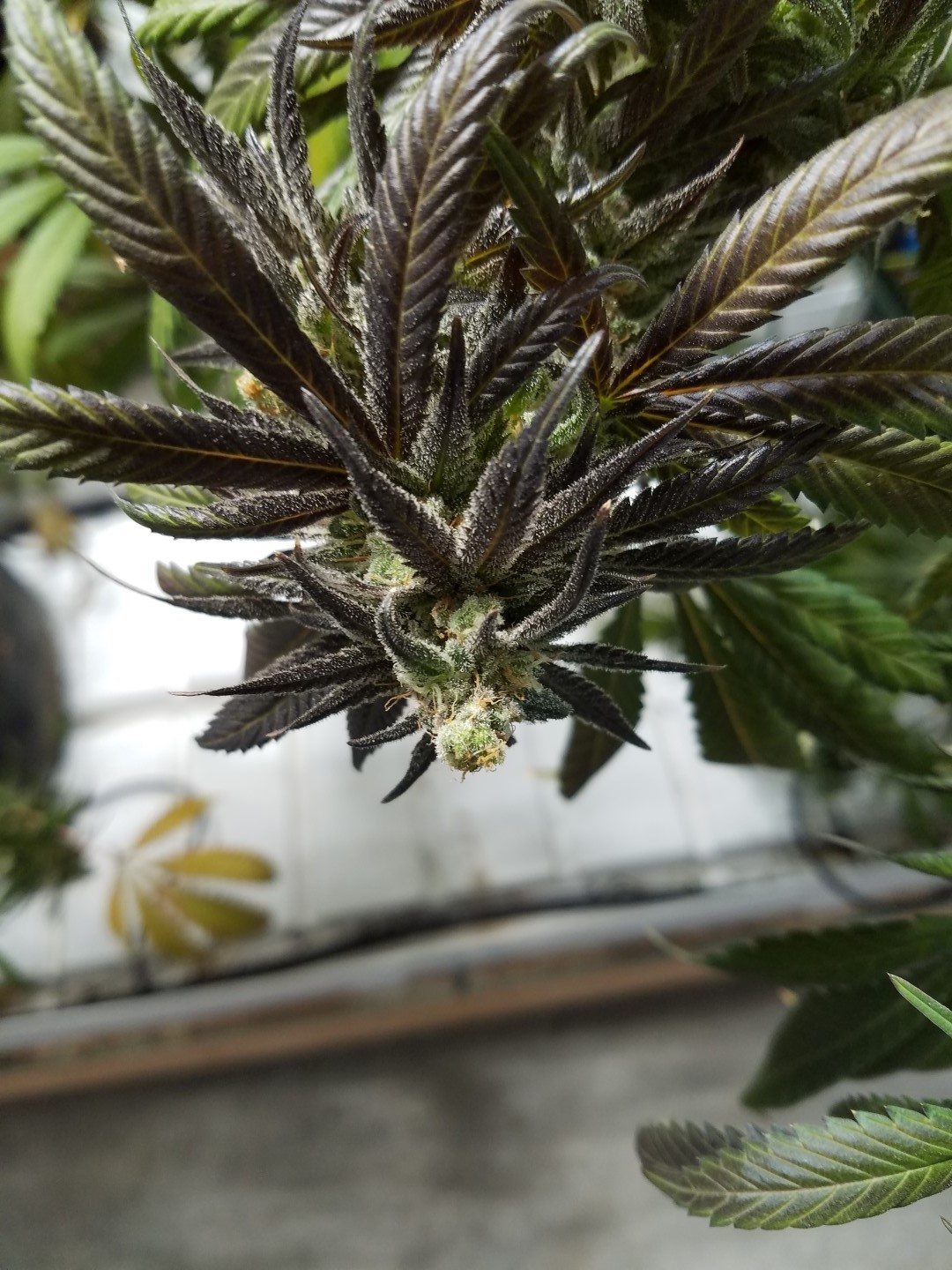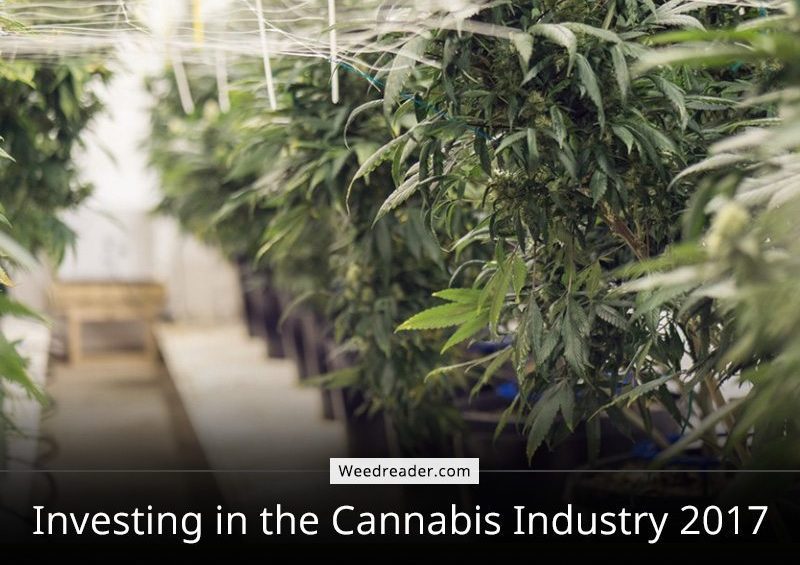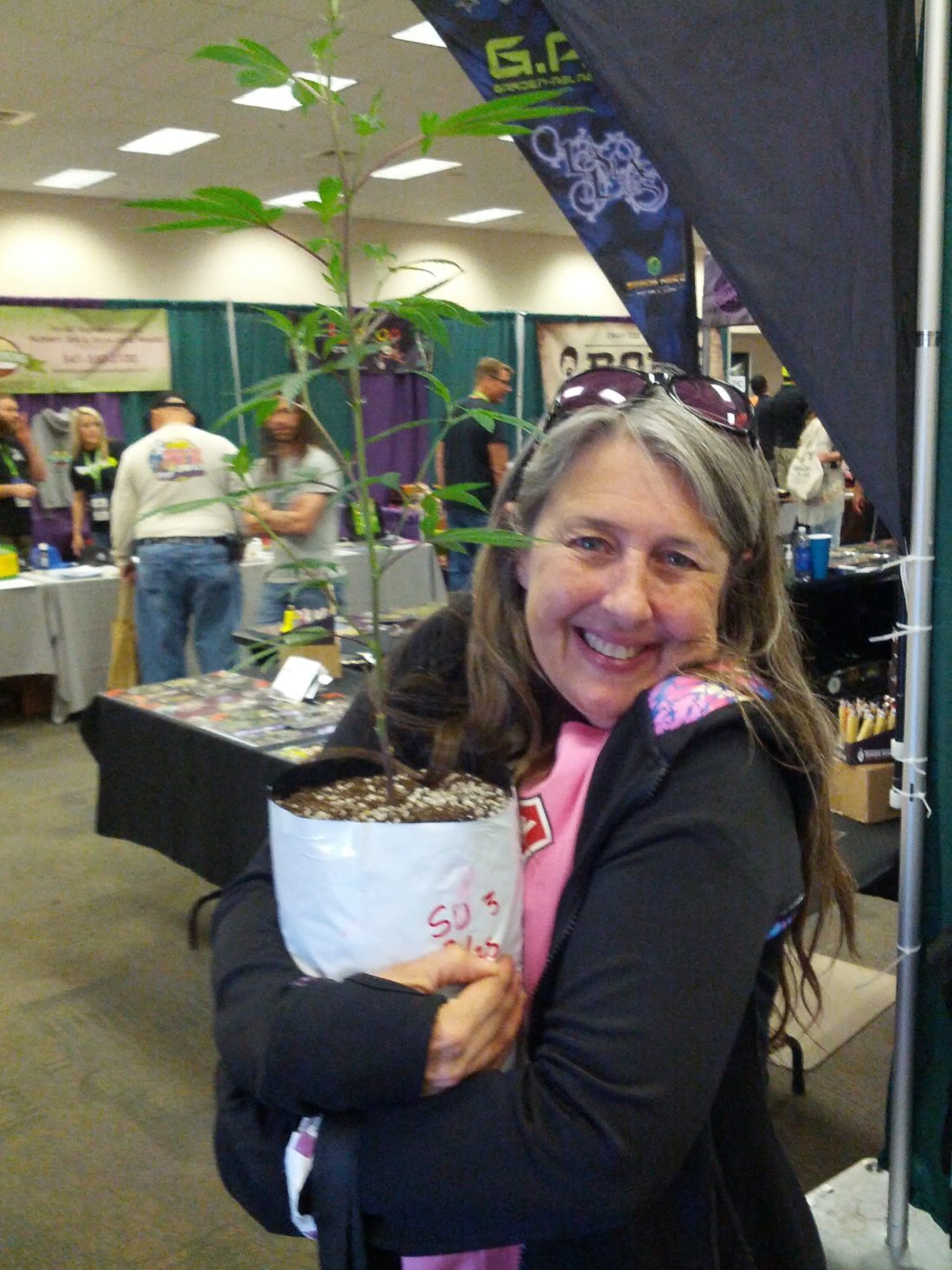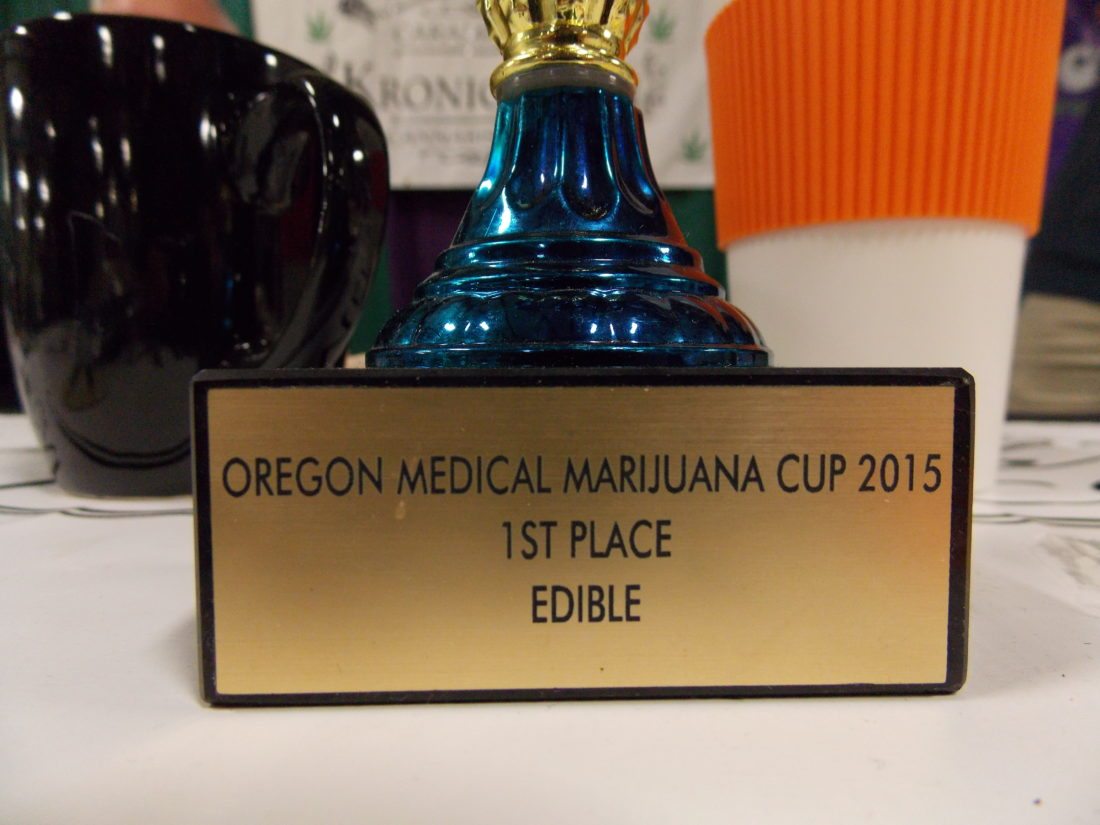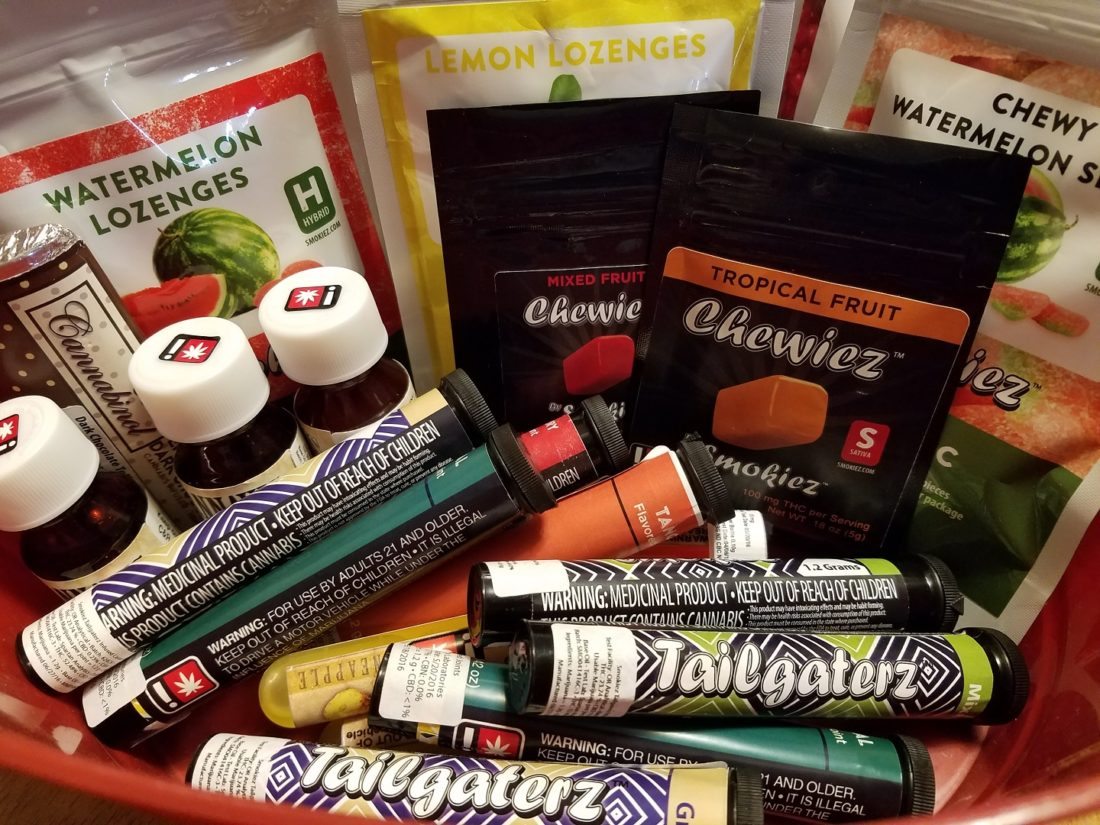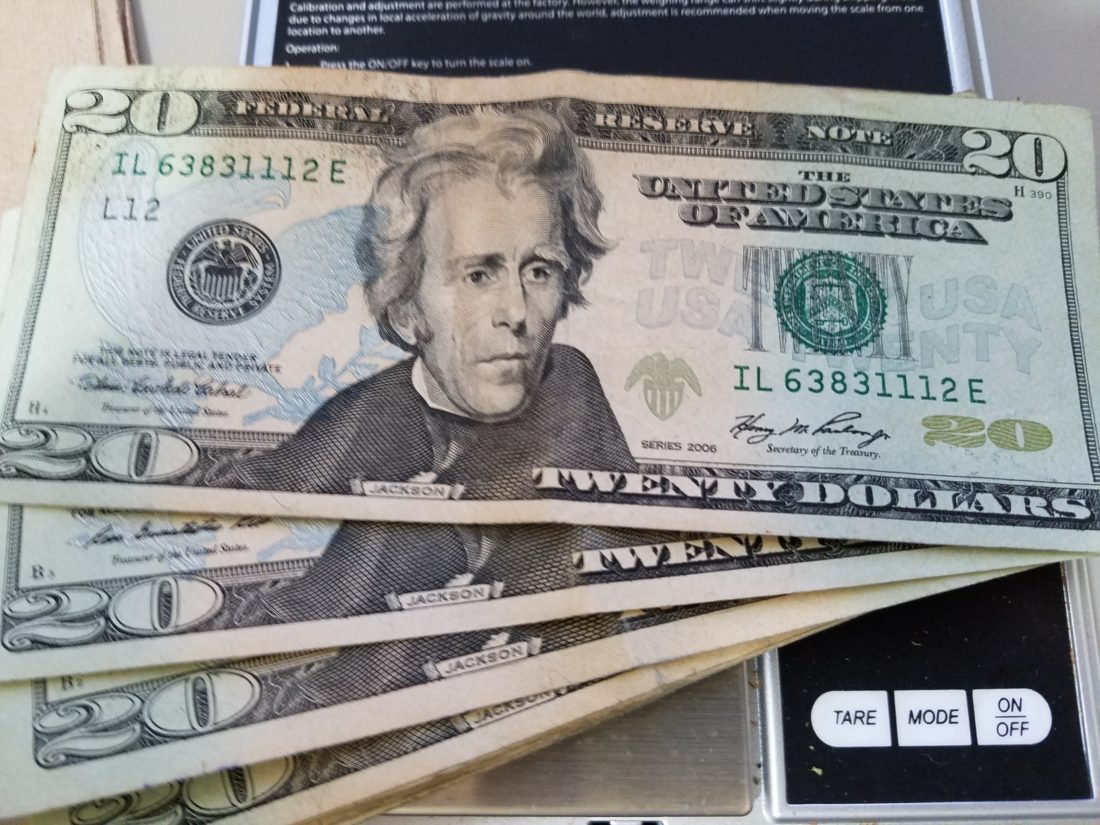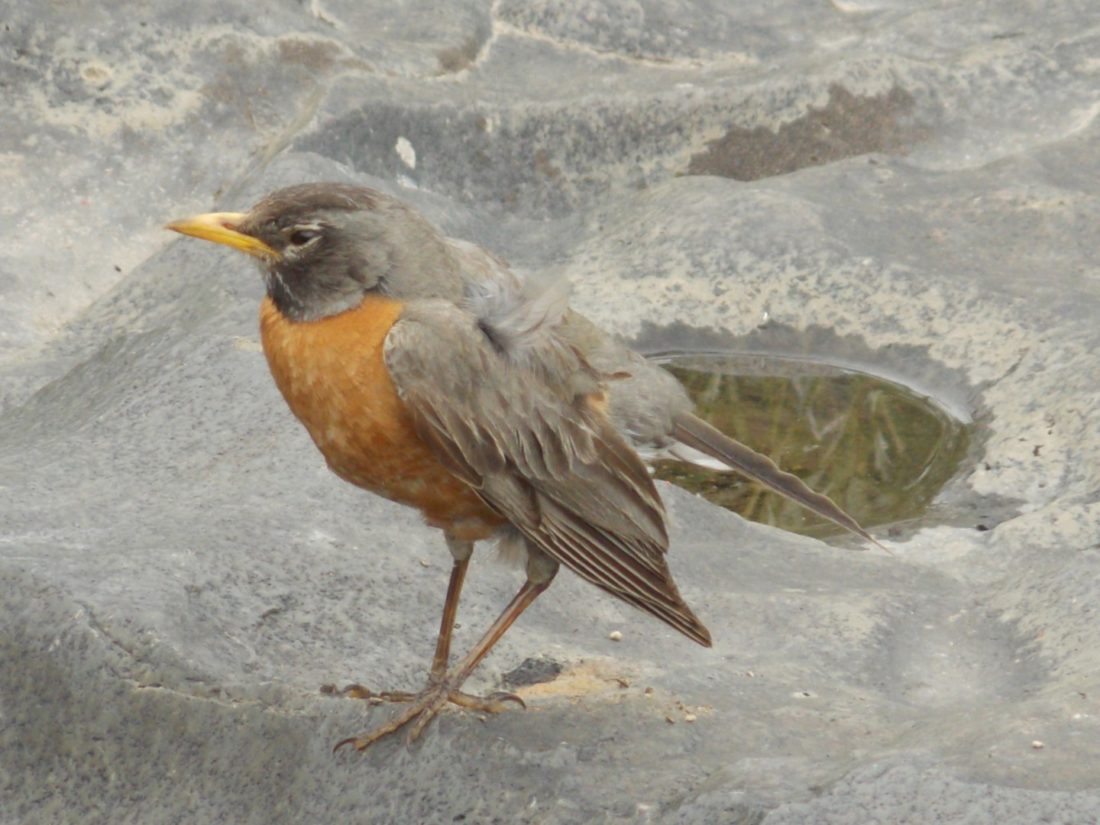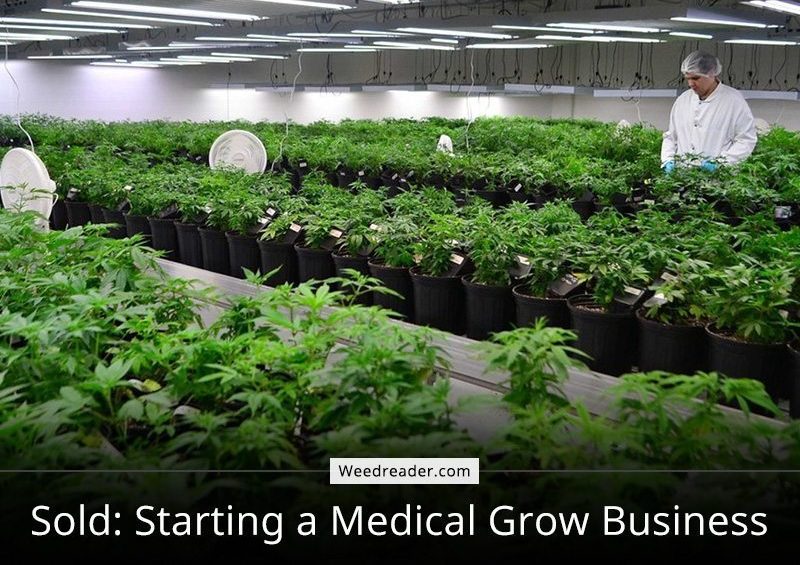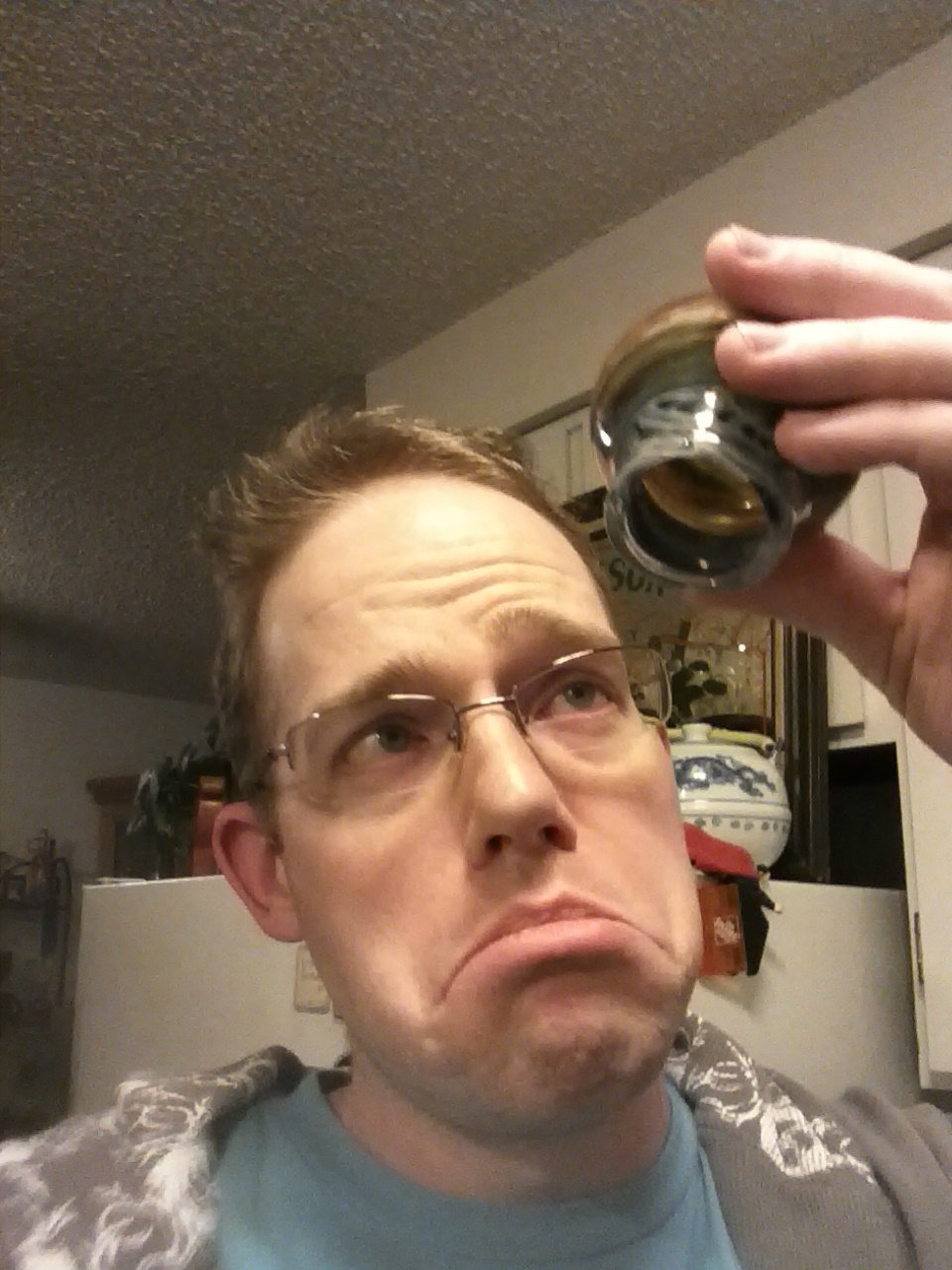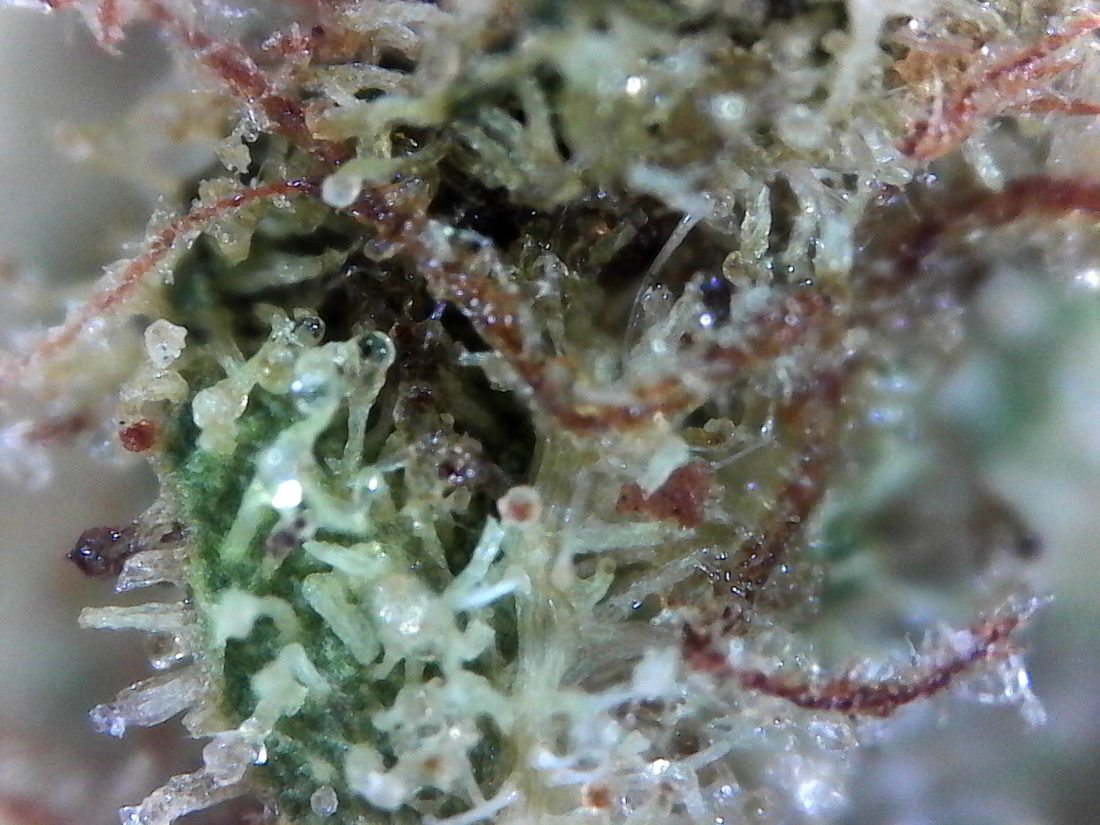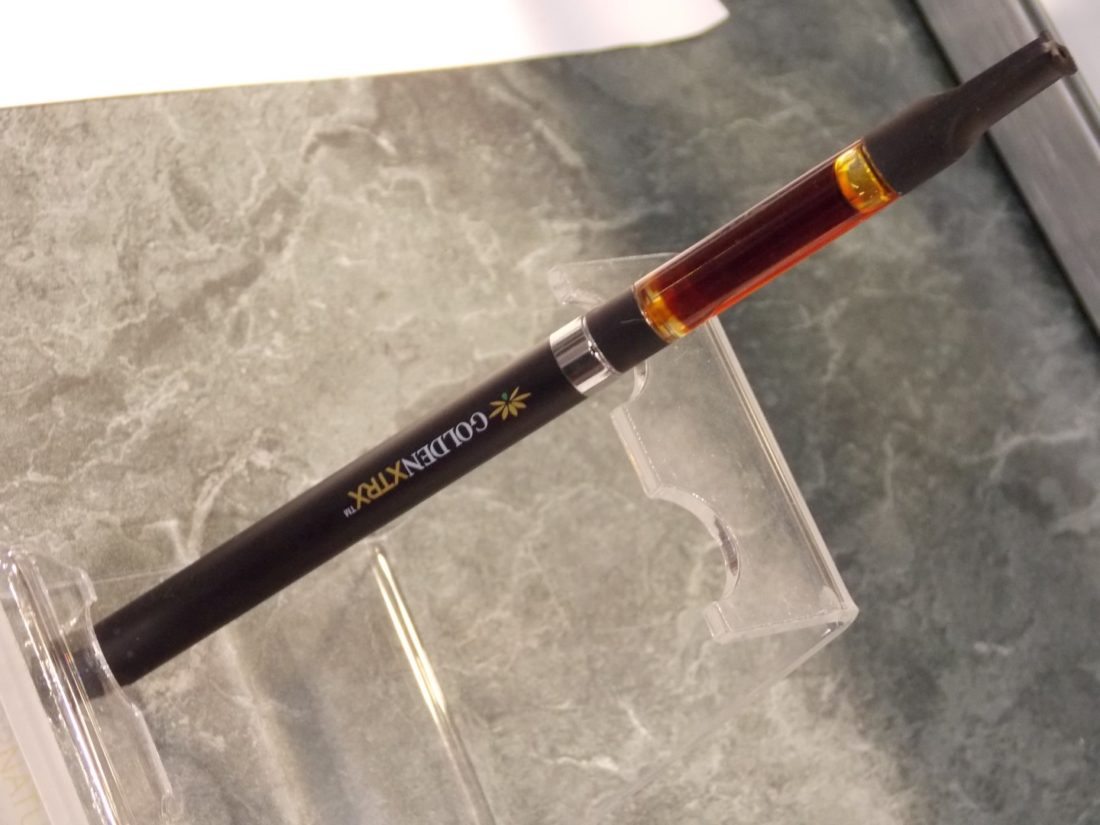Bongs have been around for a while.
The common name for water pipes is bongs. The term actually comes from the Thai word “Baung”. The baung is a traditional cylindrical smoking tube made of wood or bamboo. During the Vietnam War era; American soldiers discovered the “Baung”.
Upon returning from the war, the water pipe concept migrated back to the US with the soldiers. Because the sounds were difficult for Americans to form (Baung is pronounced bah-owng), the word was simplified to “bong”. One of the earliest known uses of the word bong dates to the January 1971 issue of the Marijuana Review.
Once in the states, bongs became very popular. Users realized that the bong offered a few key advantages over the methods they had employed to this point. Bongs provided a smoother and less harsh hit than joints or hand pipes. Using water to filter the smoke also made bongs much more efficient at filtering particulate as well.
Bongs basically allow smoke to cool before entering the lungs.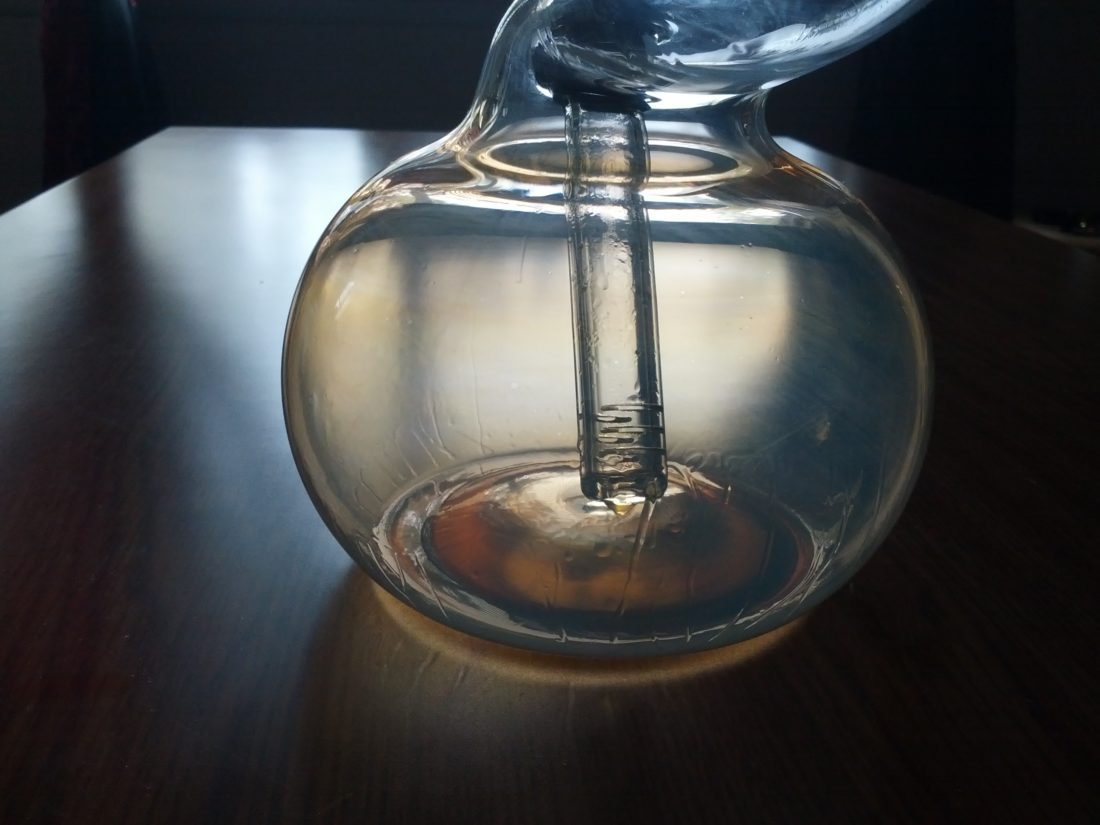
There are a few reasons to want cooler smoke when using cannabis. First, it allows for denser smoke. Since weed smoke becomes denser the colder it gets, you can get more THC into your lungs (which have a set volume) with cool smoke than with hot.
Hot hits of smoke can cause unnecessary discomfort, coughing, and even damage to the lungs at the most extreme temperatures. Bongs offer a much more reliable way to cool smoke to a tolerable level than other methods which is a big part of their allure.
Water pipes with percolators offer a smoother, cooler smoke session.
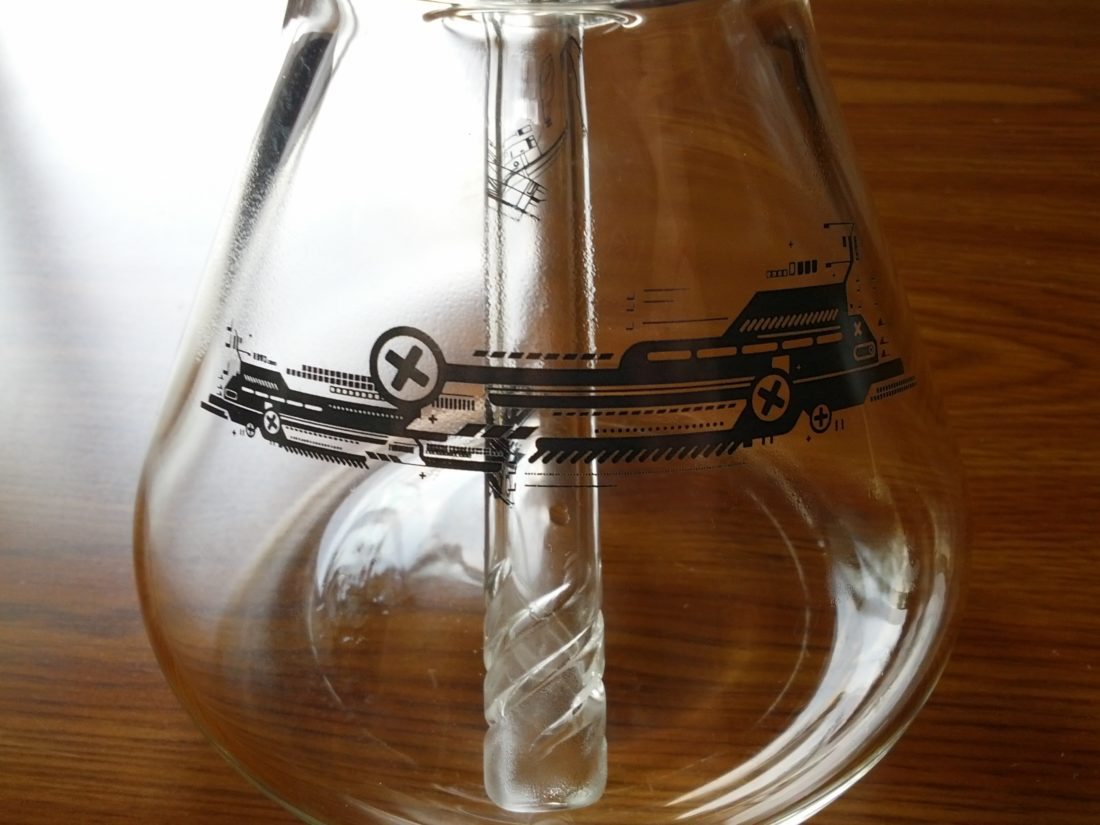
Bongs and their percolators work based around the concept of diffusion or spreading out. First, they pre-mix the smoke with a large volume of air before it hits the lungs. A butane lighter can burn at close to 3500 degrees so cooling the smoke is a must. The more air that gets mixed in, the cooler the smoke gets until it reaches equilibrium so bigger bongs cool smoke more.
Second, bongs use water to filter the smoke. Water is able to absorb a lot more heat than air of the same volume. This reduces the overall size a bong needs to be in order to provide a good smoking experience. Water is also great at catching large particulates like ash, kief and burning plant matter.
The shape matters as much as the size.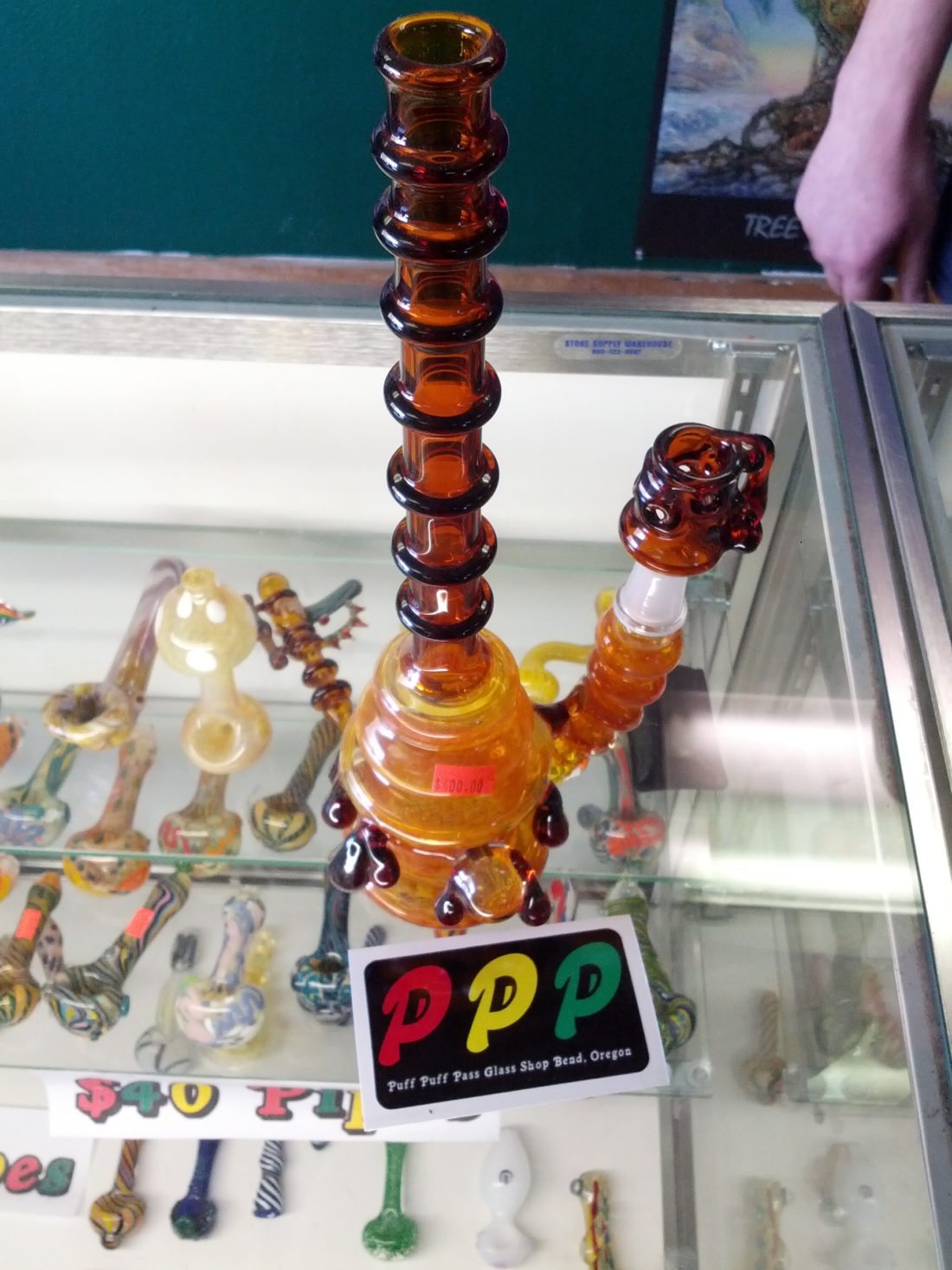
The size and shape of a bong directly affects the overall experience. The shape affects the drag or total resistance level while inhaling. Bongs with narrow sections or tall columns of water simply take more energy to hit. The overall pressure needed to hit a piece is dictated by the narrowest part and the depth of the water used.
Large chambers increase the overall volume of smoke that must be drawn through the device. While large chambers reduce the pressure needed to move that smoke, they add to the overall volume of air. Strong lungs may still find it difficult to clear a bong that is larger than the volume of air they can hold.
Be careful not to get a piece with a wide bottom and narrow top though. Cones naturally keep the smoke at the bottom (wide end) of the chamber. Clearing the smoke from these pieces can be almost impossible. The result is stale smoke being trapped inside the bong and tainting every other hit.
Bongs fall into three basic types.
The Straight Pipe: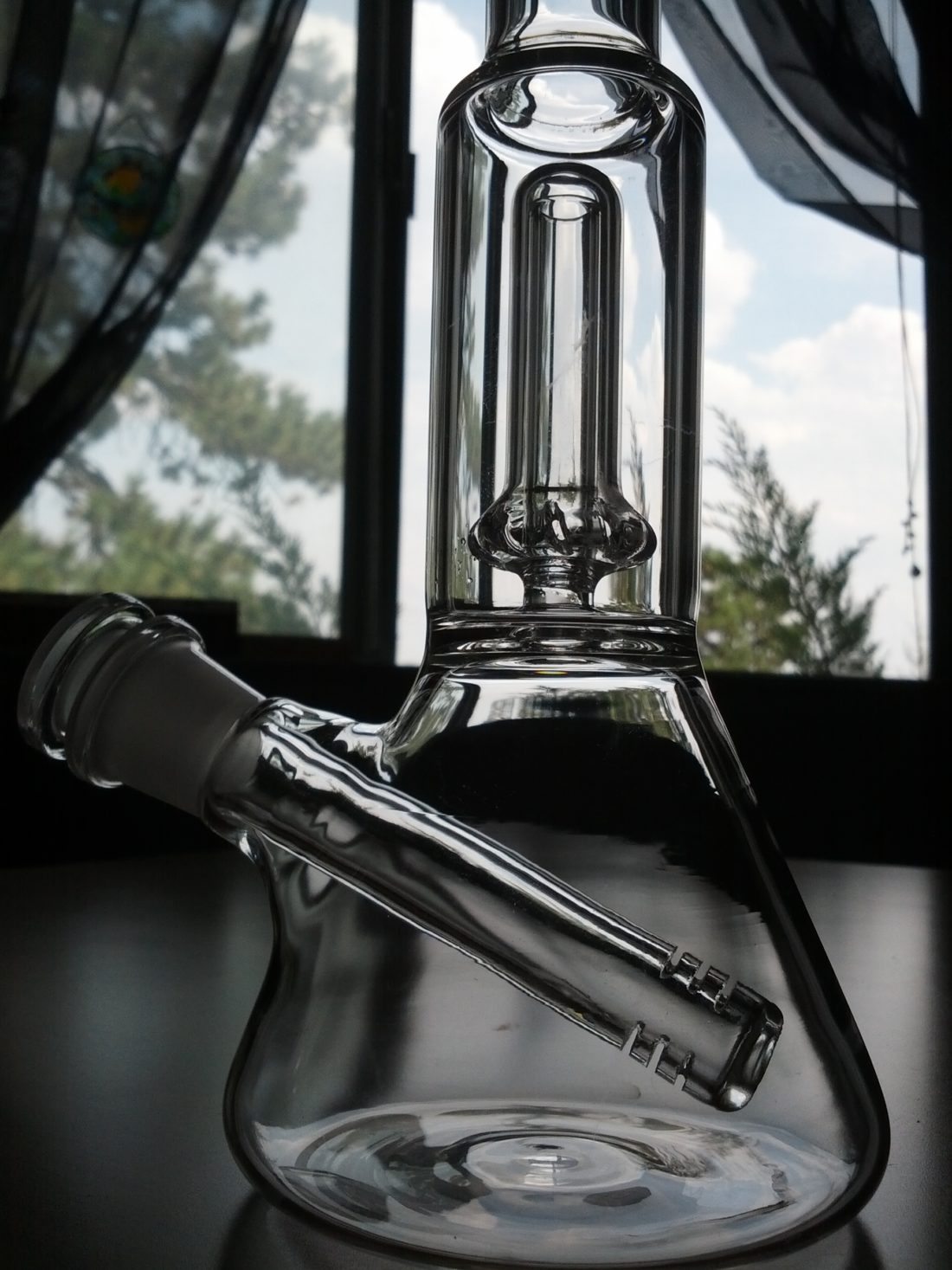
This is classic style of bong. Straight-tube bongs are so popular among smokers that they have been used to represent the culture as a whole. The function and “feel” of the classic bong is a nostalgic experience for many. the straight pipe allows for one or more chambers for percolation and a multitude of percolation styles. You can most likely find one (or more) of these classic upright bongs in the stash of every connoisseur.
The Angled Pipe: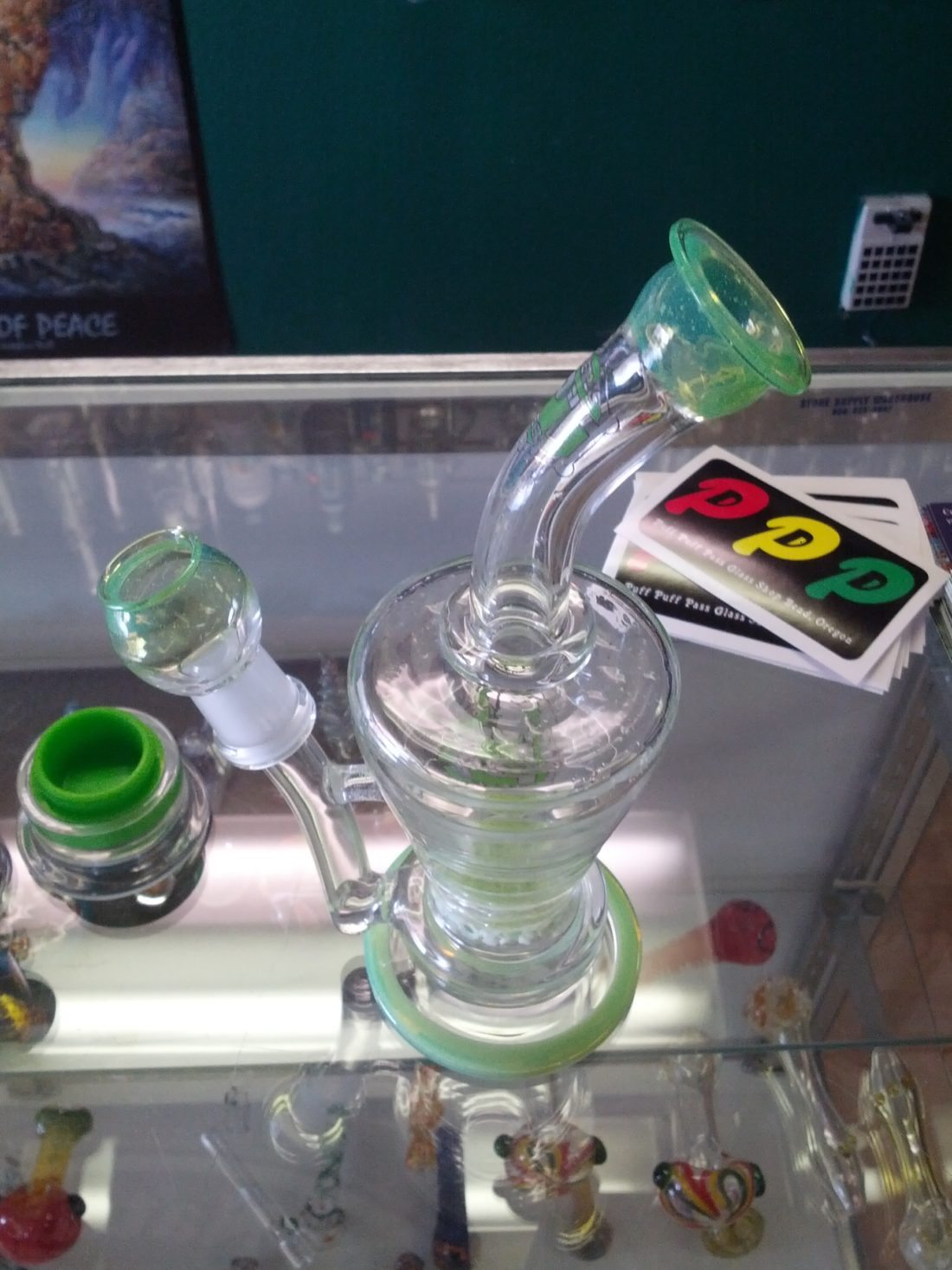
Angled water pipes are a more modern bong design that is rising in popularity as artists get more creative. Instead of putting your mouth to the bong, this style is normally drawn to the user. This gives the angled bong experience more of a “casual” feeling than using an upright bong.
Some find that angled glass bubblers offer a more comfortable smoking experience. This style is more likely to have decorative elements or flashy percolators in addition to being smaller than straight tubes. The overall size tends to be smaller than straight pipes as well as they take up a significant more space in kilns.
The Custom Pipe: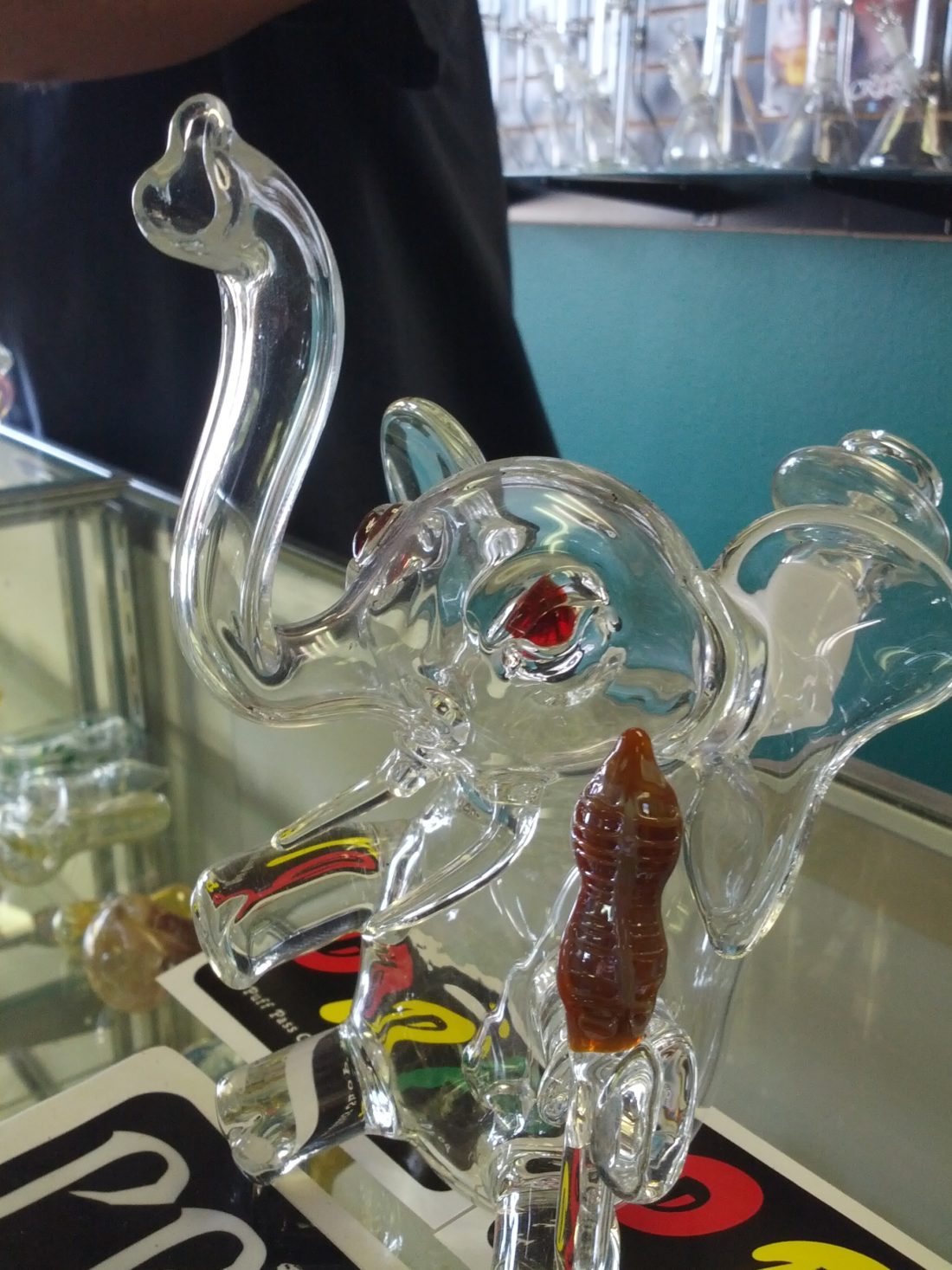
As innovation and the limitless creativity of glass artists emerge, they take the form of elegant, complex and beautiful glass pipes. Heady glass dominates this side of glass water pipes. These are the intricate $200-$20,000 pieces in the glass cases at head shops across the country. They can take the form of anything the artist can think up and is a catch-all for pieces that don’t fit into the above categories. If you’re after a truly one-of-a-kind piece, then finding a non-traditional bong is definitely the place to start. This is where glass artists can unleash their creativity.
Percs offer diversity within a type.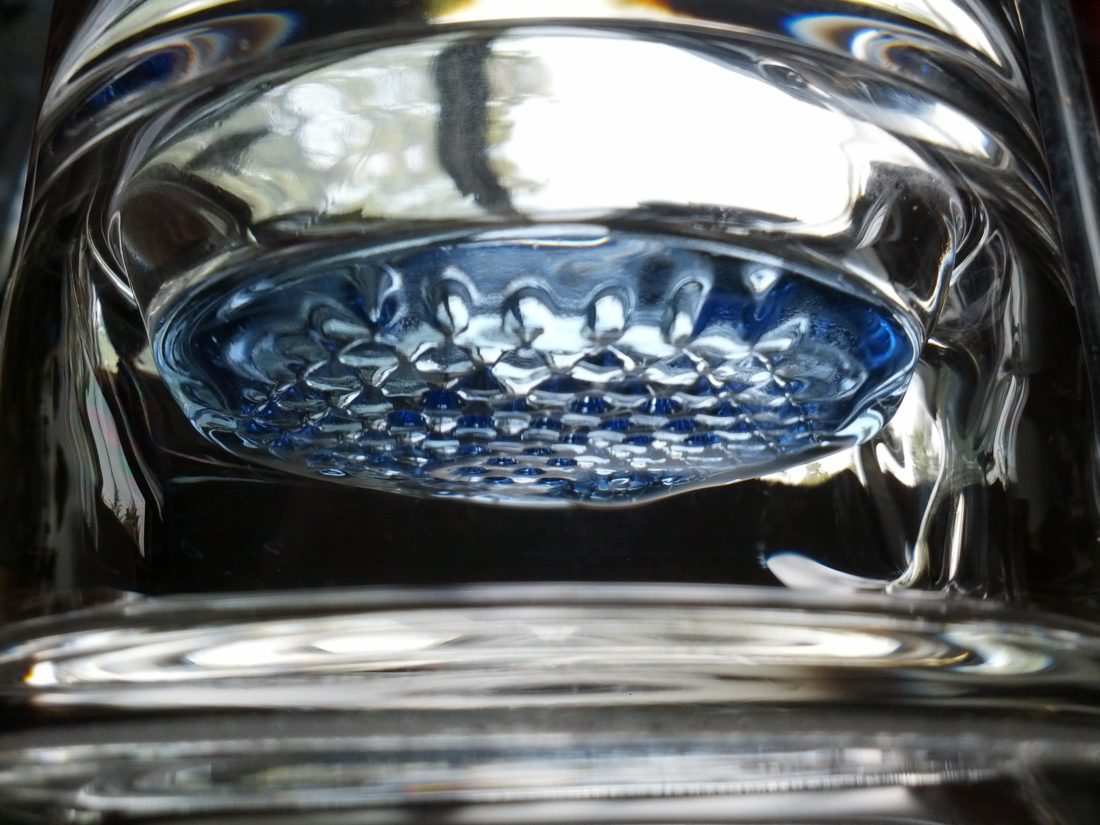
Not all water pipes have a percolator beyond the stem that sits in the water. Water pipes that do have percolators offer a smoother, cooler smoke session than their perc-less counterparts. Percolators are based around the concept of diffusion or spreading something out more widely.
Percolators (shortened to Percs) use water to spread out smoke. There are a ton of ways to do this with some being more visual (like creating visible vortexes inside the chamber) while others are less so (diffusion beads in the water) but they all work off of increasing the surface area of the smoke.
The best bong is one that fits your needs.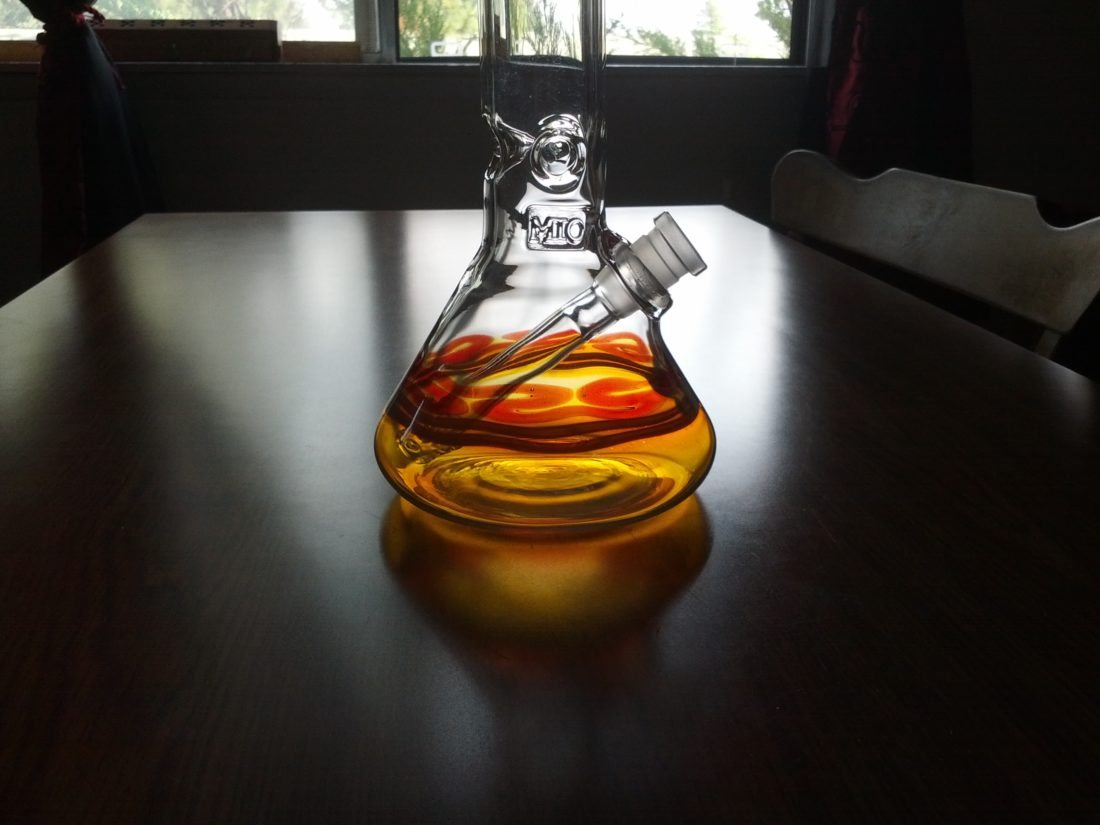
At the end of the day, there is no objectively “best bong”. While larger sizes allow for more cooling, they also require significantly more lung power to use. Similarly, multiple percs can improve the overall flavor of a hit but increase the amount of pressure needed to pull that air through the bong.
Finding the right balance between form and function can be difficult and requires a bit of trial and error. Buying bongs can get downright expensive so trying out a friends piece before buying one yourself is always recommended.
Did you learn anything new or maybe find something that needs corrected? Share your thoughts with us in the comments below. We would love to hear what you have to say. As always, thanks for reading.

